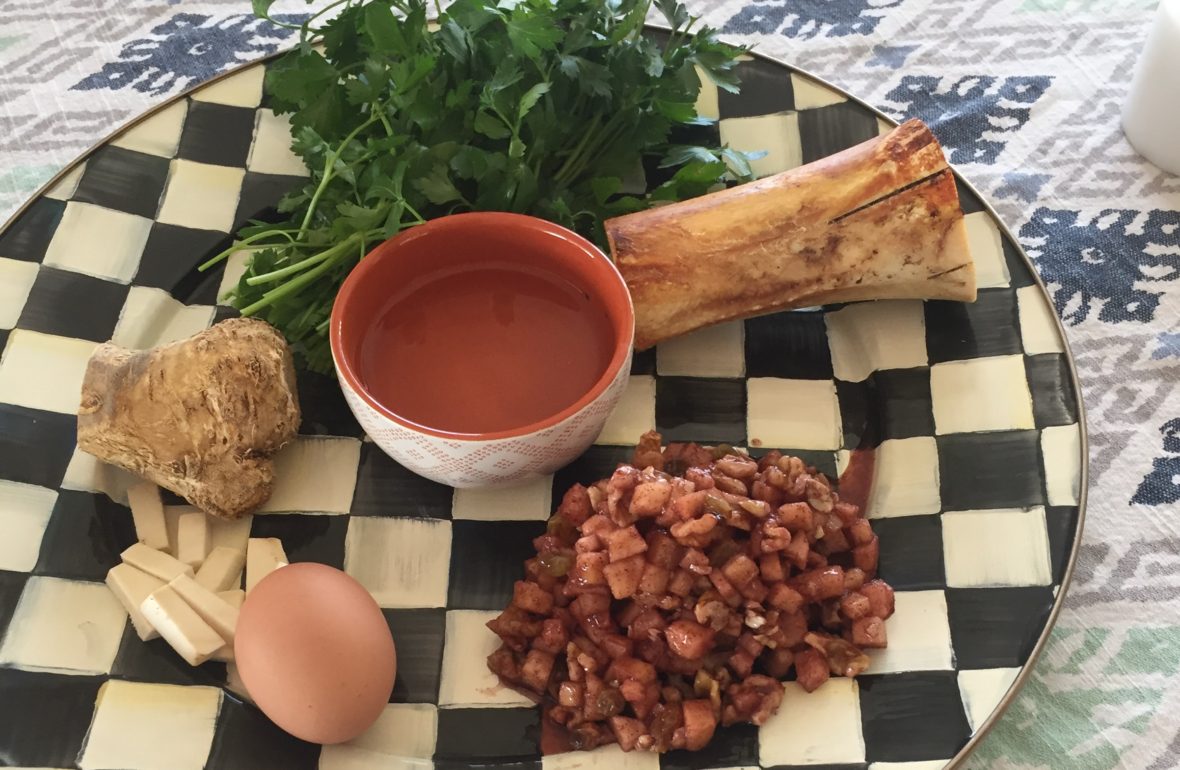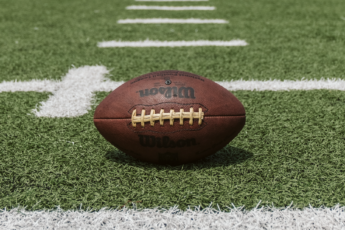
If you’ve spent much time around Abraham’s Wallet, you know that we are big on celebration – particularly the mandated celebrations outlined in the Torah (the Jewish book of law, or as you may know it “The Old Testament”). You may ask, “Sure, Regis, sure- but WHY? Isn’t the Wallet mostly about helping me with money and leading my family?” Well of COURSE it is, kemosabe: we want to help you get your affairs in order on the home front… and we actually believe that having regular, repeatable, predictable patterns of worship and teaching help to create the family culture you want and need to grow a bunch of disciples who share your last name. God thinks so too: He devoted several chapters in the OT to sort them out, and many verses in the NT to reinforce them. We believe and teach without hesitation that incorporating God’s prescribed rhythms (starting with the weekly Sabbath) is the BEST way to raise your family up in the “fear and admonition of Yehovah“. So that’s why we take the time to outline such things.
Today I’m going to give you a brief introduction to The Biggie – the mother of all feasts. It is called The Passover. Yeshua himself was a big fan of this one–which makes sense, given that it is the highest holiday on the Jewish calendar for those who believe that Messiah has already come and is coming again (Hey! That’s us!). So we’re going to cover the elements of Passover, quickly explain their significance in light of the resurrection of Jesus, and then give you an outline that will allow you to take some of these practices and run with them this year.
[Let me warn you: this well goes deep. There are elements to Passover that I’ve still not touched on and I’ve been getting after it on Passover for more than two decades. As with all of our feast primers, please take what sounds exciting from this and use it as a tool to lead yourself, your wife and/or your entire family into a deeper intimacy with the LORD. ANY effort you make toward this will be an Abrahamic Win! Go for it, brah.]
OVERVIEW
Ask a Jew what Passover is all about and they will probably tell you it’s the feast to commemorate the emancipation of the Jews from Egyptian slavery. You remember the story: Moses told Pharaoh that it was time for the Jews to head out on their own. Pharaoh resisted and got repeatedly hammered by a series of plagues, culminating in the slaughter of every single firstborn son in Egypt. The only way that a household avoided this fate was to slaughter a paschal lamb (you’ll hear me call this holiday “Pesach” – it’s just the Hebrew word for Passover) and schmear (Jewish joke, forgive me) its blood on your doorpost.
If you’re scratching your head right now, I’m with you. This event in which God’s chosen people were saved involves a sacrificial lamb that died in place of Hebrews – the blood of the lamb was a sign of salvation. The lamb chosen for this task had to meet one requirement: no blemishes. The same word for blemish in that command is used in other places to mean “sin”. And here we are thousands of years later thinking about another story where the lamb’s blood was the ticket to salvation. This seems kind of like a feast about Jesus huh?
YES! And from hence forth you’re going to notice that almost every element of the Pesach celebration, even performed exactly as the Jews observe them today, harkens almost undeniably to the Savior of the world. It’s ok guys, the LORD has plans for his people even still.
OUTLINE
Now then, the Pesach celebration lasts 8 days (including 2 Sabbaths: this is the standard Jewish Celebration Length) and is divided into two parts: the first two days and the last two days are wheels-off, all-out, no-holds-barred celebrations, the other days are called Chal Hamoed or “semi-holidays”. (Kind of like Presidents Day; it’s nice, but keep it calm.)
For the whole kit and caboodle, we avoid eating chametz (yeast, or leavened products). This is done in remembrance of the unleavened bread that the Israelites ate when they left Egypt. The traditional substitute for leavened bread is matzah. You’ll notice that a matzah has lots of holes (piercings, one might say) and stripes–like those one might receive from, say, a whip. The matzah (which you can get in any big grocery store) also has zero yeast (remember, yeast=sin). More on that soon.
On the night before the Passover Seder, there is a ceremonial cleansing of your house from all chametz. Traditionally you’ll spend time on this day cleaning house and in the evening, once it’s dark, the father will inspect the home by candlelight. A feather and a spoon are used to sweep the last crumbs of bread from the house – a fun ceremony and opportunity to walk your family through the home explaining what exactly you’re up to. At the end of this, I like to ask my girls, “so we’ve swept this house as clean as we know how – do you think we cleaned every speck of dust and dirt from the thing?”. They’ll tell me no way and I say, “Bingo! And if you try to clean up your heart of alllllll the sin, do you think you got all of it?? Duh. Well, thankfully Jesus didn’t ask us to do that un-doable work! We’re about to celebrate what he did instead: He cleaned us up so good and so completely that we don’t have to spend our whole lives hunting for dirt, yeast or sin.” Hallelujah to that!
THE SEDER
The highlight of Pesach is the Passover Seder (the big long fancy wonderful meal you probably think of when you hear about Passover), and that’s where I’ll focus the rest of this article. The Seder has 15 steps, each one packed to the gills with spiritual significance and pointing rather obviously to the forever-saving work of Jesus. This Seder is what Jesus was doing when he reserved the upper room for a final meal with his boys. [We have plans around here to draw you up a Passover Seder guide that you can use to walk your family and friends through this fantastic ceremony, but for now we’ll hit the highlights.] This year most Seders will be on March 30 or 31 (or both), but we’ll give you points just for TRYING on any night of Passover (March 30-April 7 in 2018).
Before you start your seder, you’re going to need a few things. Grab a plate and arrange it with an egg, a bitter herb (we use fresh horseradish- whoo baby!), a vegetable (parsley is the usual option), a bowl of saltwater, a dollop of charoset, a shank bone (ask the butcher) and some matzah. You’ll either consume or refer to these items during the Seder. Click here for a deeper dive into the elements of the plate. You’ll also need enough wine for everyone at the table to have four cups (I swear! Them’s the rules!). Lastly, you’ll need a feast – something for the whole crew to dig into towards the end of your Seder. Now to the steps for your evening:
Step 1 – Nerot: Lighting of the Candles
- The eldest woman in the group lights candles on the table in preparation for the Seder.
- She welcomes the LORD to the evening, and we all make note of the fact that just as Yeshua, light of the world, came into the world through a woman, a woman brings light to our Passover table as we begin.
Step 2 – Kiddush: The blessing & first cup
- There are four cups of wine in the seder – now we will drink the first cup, which is the cup of Sanctification.
- This cup recalls how God set-apart (sanctified) his people Israel. The same blessing is said over this cup as is traditionally said to kick off the weekly Shabbat meal:
Blessed are You, Our God, Ruler of the world, Creator of the fruit of the vine.
Bessed are You, Our God, Ruler of the world, You have chosen us from all peoples, exalting us and sanctifying us with mitzvot. In Your love, Our God, You have given us Sabbaths of rest, feasts of gladness and seasons of joy; this Shabbat day and this festival of matzot, season of our freedom, in love, a holy commemoration, a reminder of the Exodus from Egypt. God, You have chosen us from all peoples, consecrating us to your service, giving us the Sabbath, a sign of your love and favor and the Festivals, a time of gladness and joy.
Blessed are You, who sanctifies Shabbat, our people Israel, and the Festivals.
Step 3 – Urchatz: Ceremonial hand washing
- It is traditional to wash the hands of the person next to you using a vessel and a bowl, pouring water over the left hand three times, then the right hand three times.
- Jesus likely paused here to wash the feet of his disciples – which we think is a great element to substitute at this point in your Seder! Read John 13:1-17 and take turns washing feet and blessing your Pesach compatriots.
Step 4 – Karpas: Dipping the Veggies
- The Karpas is the parsley on the Passover plate. It represents the fertility of Egypt and it is dipped into the saltwater before you eat it. The saltwater represents the tears of Israel during their captivity.
- So much of what is done during the Seder will engage your physical senses in order to communicate spiritual truths. Let the saltwater, the bitter herb, the striking impression of wine and the sweet charoset all sit with you and feel how they each hit the body in a unique way – that’s intentional and part of the teaching!
Step 5 – Yachatz: Breaking the Matzah
- Jews take three pieces of the Matzah to represent Abraham, Isaac and Jacob. The middle one is broken to remind of Abraham’s willingness to sacrifice his son Issac. Here we diverge from our Jewish friends in our practice of the Seder. That broken Matzah, for us, represents Messiah (Issac on the altar and the ram that took his place also both point to Messiah, FWIW).
- Remember how I mentioned the stripes and holes in the Matzah? We read Isaiah 53:5 – “he was pierced for our transgressions… and by his stripes we are healed”. The Matzah reminds us that everything about the Pesach has always pointed to his plan for the salvation of his people through Yeshua, the fulfillment of the Law and the Prophets.
- We pour the second cup at this time (but don’t drink it yet).
Step 6 – Maggid: Telling the story of Passover
- This is the bulk of the teaching time you’ll be leading in your Seder, so we’re just going to touch on them all here and provide you some resources. You’ll start by having a child read the four questions.
- Next, you’ll all together read the four answers to those questions.
- Then you’ll tell the story of Pesach – if you’re looking for a starter version, here you can certainly go back to Exodus 12 and 13 to recall the story. Then simply retell it to your guests. I give you permission to have crib notes.
- After this we sing a praise song to God for His deliverance, remembering that He went far beyond what would have been enough by pursuing his people and sending Yeshua to die for us! (Get as fancy as you want with this; for us this is as simple as playing a favorite worship song and singing along.)
- Now we drink the cup of Deliverance (drink the second cup).
Step 7 – Rachtzah: Ceremonial washing and blessing
- Another hand washing! (I’m not gonna lie we often skip it.)
Step 8 – Motzi Matzah: We eat the Matzah
- Our first shot at some Matzah – we say a prayer over this ‘bread of affliction’, remembering that the LORD took his people through a bitter time in Egypt.
- We each eat some Matzah.
Step 9 – Maror: The bitter herbs
- We are on a roll here, remembering the bitterness of Israel’s enslavement. We take the bitter herb and recite a blessing over it, then we all eat together.
- I like to use fresh horseradish – when you crunch it, it will usually produce a tear, reminding you of the sadness experienced by our spiritual ancestors during their enslavement. Chomp it with gusto!
Step 10 – Korekh: Eating the Charoset
- It ain’t all tears and horseradish, kids (but we’re also not done with the horseradish).
- We begin our Passover meal with the bitter and move to the sweetness of redemption and salvation – so we begin with the bitter herb and now move toward the sweetness of the Charoset. Eat it with some Matzah.
Step 11 – Shulchan Orekh: Eating the Passover
- This is where you feast it up. Just get after it – lamb is a great option. We make shepherd’s pie! If you prefer fajitas, well then buen provecho mis amigos. (There are lots of Spanish and latino Jews, so that is SO in bounds.)
Step 12 – Tzafun: Eating the Afikomen
- Jews traditionally wrap the broken matzah in a linen (this is called the Afikomen) and hide it. The child who finds the Afikomen after the meal is rewarded with a treat. Because we see the broken body of Christ in the broken matzah, my family doesn’t hide the Afikomen – Jesus is risen so you won’t find him wrapped in linen any more!
- Being the Yeshua-lovers that we’ve become, we turn this into a commemoration of the Passover that He led in the upper room and take a communion meal here.
- Read Matthew 26:20-25
- Take Matzah and share in body of Christ.
Step 13 – Barekh: The cup of Redemption
- When Jesus celebrated the final Pesach with his disciples, he drank the first two cups as usual. Of the third cup, the cup of Redemption, he said, “This is my blood of the New Covenant”. (And the fourth cup, the cup of Restoration, he didn’t drink at all, promising to drink it with his boys in the coming Kingdom.)
- Remembering that–that Jesus did redeem us, remember that God promised Israel – “I will redeem you with an outstretched arm.” And so he did. Read 1 Corinthians 11:26.
- Now drink the third cup, the cup of redemption, Remembering Christ’s blood shed for you!
Step 14 – Hallel: Praise offering
- Here we sing praise as we near the end of our Seder – we like to sing Worthy is the Lamb, remembering that Yeshua is our Passover lamb sent by the Father.
- At the conclusion of our Praise, we take the fourth cup, the cup of Restoration. We pray to see the LORD fulfill Romans 11:26, where He promised that “all Israel shall be saved”, and we remember how we have been restored into relationship with Him who made us. (I know–it’s a lot of wine. Feel free to make these all, you know, SMALL cups of wine. Or not.)
Step 15 – Nirtzah: Conclusion
- We say the closing blessing and end our Seder:
- Now to the One who is able to keep you from failing, and to cause you to stand, rejoicing, without blemish before His glorious presence, to the only God our Savior through Yeshua the Messiah, our Lord and great Lamb of God, be glory, majesty, power and authority, before all time, and now, and for all eternity. Amen.
If this is your first time to try anything like this: hey WELL DONE. If I could hand you a merit badge through the webs, I would. Yay! If you’re old hat at this, maybe mix it up and try my method instead of your standby this year. But DO invite people over, and DO make this a communal event. A make it a tradition that, like the Scriptures urge, becomes part of your annual rhythm, and part of the culture of your home.
*Mark Parrett is one of the founders of Abraham’s Wallet. When not blogging for you here, he’s raising a family in Salt Lake City, UT and working as a financial planner at Outpost Advisors.







I never knew all this went into the Passover. We have done bits of it in the past but we definitely did it from the 10,000-foot viewpoint.